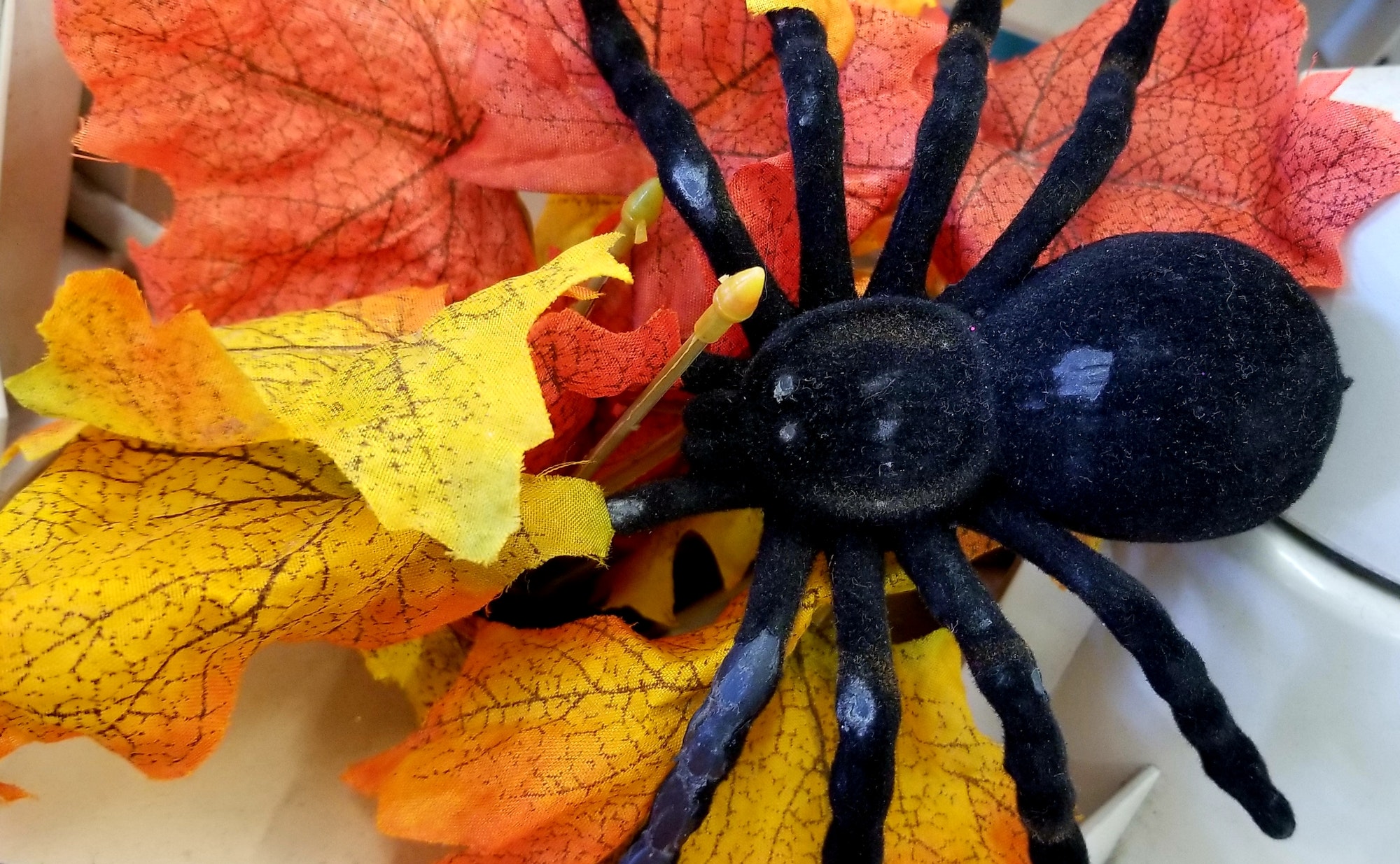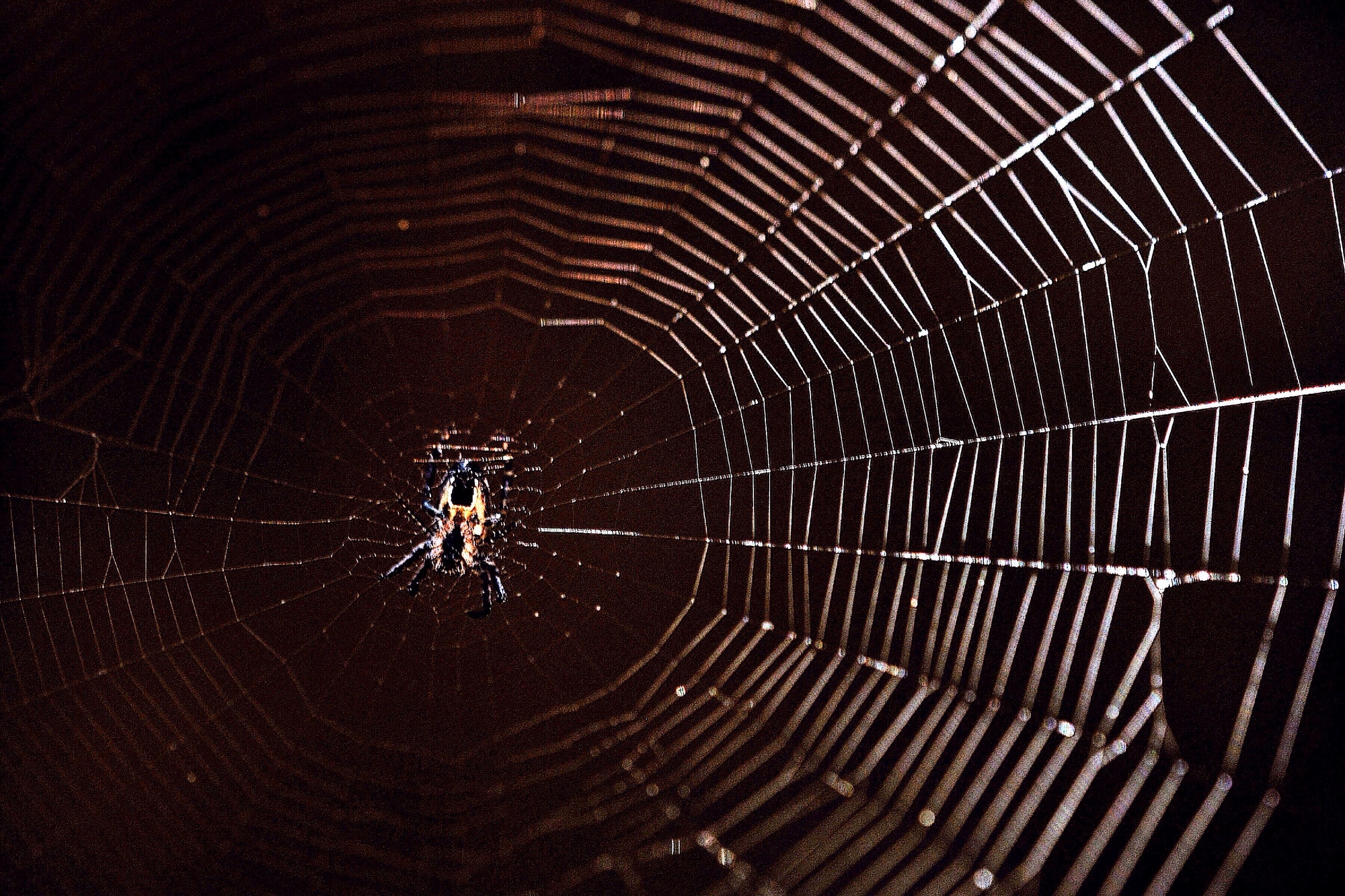Which Spiders in The U.S Are Venomous?
Venomous Spiders in The United States
In the United States, there are only three venomous spiders. While many other spiders in the United States can deliver a painful bite, the Black Widow, Brown Recluse, and the Hobo spider are the only ones considered venomous. Each spider has its own unique venom. However, two of these three spiders are considered lethal to humans.
The most lethal of the three venomous spiders in North America would be the Latrodectus, more commonly know as the Black Widow. The Black widow resides in temperate areas and is found in many states including, Massachusetts, Florida, Kansas, and California. The venom in the Black Widow is called a latrotoxin.

Latrotoxins are in both male and female black widows but only the female’s bite can harm a human. Male Black Widows are unable to harm humans because their mouth is not large or strong enough to bite and inject a person with their venom.
The female Black Widow’s venom has a powerful neurotoxin called alpha-neurotoxin that takes control of your neurons and releases neurotransmitters which cause a person to go through excruciating pain and can possibly lead to death.
Within fifteen minutes of being bitten a person can have muscle spasms and experience a great deal of pain and develop other symptoms, and possibly death. Luckily for mankind, an antivenom was developed and most people who are bitten by a Black Widow survive if given the antivenom in time.
The next lethal spider is commonly called the Brown Recluse or scientifically speaking the Loxosceles reclusa, it is commonly found all around the United States, examples are Nebraska, Kansas, Illinois, Ohio, and Tennesse. Brown Recluse spider bites have no developed antivenom. The venom in the Brown Recluse contains is cytotoxins and hemolytoxins. These toxins cause tissue damage and necrosis, this is when the tissue becomes so damaged that it dies and falls off. Brown Recluse spider bites typically do not cause death or severe illness but can and will normally cause a crater in the skin after the bite has healed.

The final venomous spider in the US is the Hobo spider, this spider’s scientific name is Eratigena agrestis, this spider’s bite can cause swelling and redness, and pain that can also be accompanied by muscle spasms. Each individual person reacts to the spider bites in a slightly different manner. The time period for bites normally happens from July through September while the males are mating
According to Erica Circino, the spider’s venom is “no longer believed that hobo spider bites cause tissue damage or skin death (necrosis).” This was discovered when the Hobo spider’s venom was injected into animals and there was no tissue damage. The Hobo Spider bite can often go unnoticed until the pain develops, but the venom is not strong enough to cause any life-threatening issues.
These three venomous spiders, the Black Widow, the Brown Recluse, and the Hobo Spider are possible for anyone to encounter in the United States. There is no need for alarm though. Now that you have learned that most people do not die from these spider bites and that the damage caused by these spiders is reversible.
Author: Aurora Barnes
Author: Aurora Barnes
Work Cited
- Arnold, Thomas C. “What Is the Pathophysiology of Brown Recluse Spider Envenomation?” Latest Medical News, Clinical Trials, Guidelines – Today on Medscape, 12 Nov. 2019, www.medscape.com/answers/772295-60816/what-is-the-pathophysiology-of-brown-recluse-spider-envenomation
- Byers, Thomas. “U.S. Poisonous Spiders: Black Widow, Brown Recluse, & Hobo – Dengarden – Home and Garden.” Dengarden, 6 Jan. 2009, dengarden.com/pest-control/Spider-Information
- Cirino, Erica. “Hobo Spider Bite.” Google Search, Google, 18 Sept. 2018, www.google.com/search?q=do+hobo+spiders+cause+necrosis
- Holm, Gretchen. “Poisoning Due to Black Widow Spider Venom.” Healthline, 30 July 2019, www.healthline.com/health/black-widow-spider
- Mekonnen, Serkalem. Brown Recluse Spider Bites, National Capital Poison Center, 1 Aug. 2019, www.poison.org/articles/2014-oct/brown-recluse-spider-bites
- “Saint Louis Zoo.” Black Widow | Saint Louis Zoo, 2003, www.stlzoo.org/animals/abouttheanimals/invertebrates/spidersandscorpions/blackwidow
- Szalay, Jessie. “Brown Recluse Spiders: Facts, Bites & Symptoms.” LiveScience, Purch, 14 Nov. 2014, www.livescience.com/39996-brown-recluse-spiders.html
- Viegas, Jennifer. “Why Black Widow Spider Venom Is So Potent.” LiveScience, Purch, 6 Jan. 2015, www.livescience.com/49333-why-black-widow-spider-venom-is-so-potent.html








